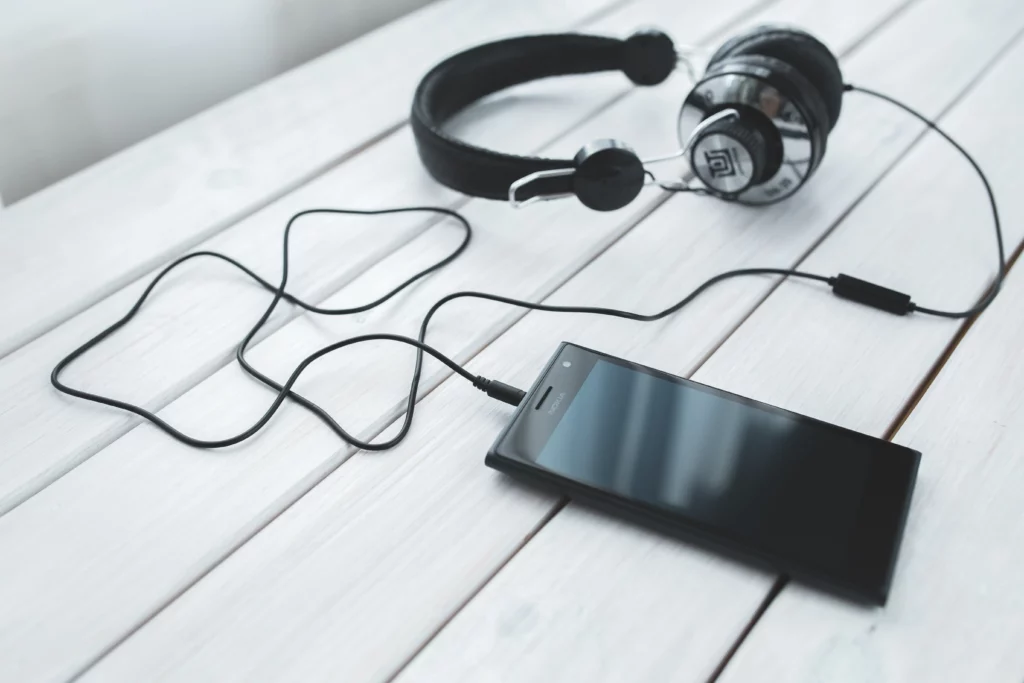System1: audio-only ads can be ‘as powerful’ as audio-visual
Radiocentre The industry body that regulates commercial radio has announced new research conducted with System1 regarding the emotional impact and efficacy of audio advertising.
In today’s Tuning In conference, findings of research titled Listen Up! Audio advertising’s emotional resonance, effectiveness, and short- and long-term results for brands were analyzed.
Radio was determined to be “as likely” to cause a lasting emotional response as television advertising, and the score for the average effectiveness over time in the System1 database was similar for both, with a score of 2.4 ratings out of 5.9.
Audio advertisements that created listeners with “more positive emotion” and less negative emotion triggered “significantly more consumer action change,” such as the purchase of a brand and its use.
Meanwhile, ads with more “right-brain” features like character storytelling, storytelling, a sense of place, and intimate drama evoked an increased level of positive emotion. This attracted attention from larger audiences and helped to create stronger memories, which increased the likelihood of having lasting effects on the brand.
The reactions of consumers to audio ads were analysed in System1’s latest “Test Your Ad Audio” tool. It was based on the effectiveness of radio data gathered by Radiocentre over 10 years. The Radiogauge data included 55 different campaigns, which included 131 distinct radio advertisements across 30 distinct product categories and covered a combined audience of 50,000 listeners, both radio and commercial. The tool was also described as aiding advertisers in comprehending and improving the creative efficacy of audio advertisements by collecting the emotions of real people and the data on brand recognition in just 24 hours without placing their advertisements on air.
Audio’s left and left-and-right brain first.
The ads were evaluated to determine their long-term impact through positive emotions (star rating) and short-term efficacy based on the intensity and speed of the listeners’ emotions after listening (spike rating) as well as the percentage of accurate brand attribution after having listened to the ad for the first time (fluency score).
Andrew Tindall, creative and media director of partnerships for System 1, said this study could be “the first time” left and right brain thinking has been incorporated into audio ads that are usually used in TV advertisements as well as isolated audio elements for each such as command-based actions including data and figures and technical languages, to characters who are lively telling stories and music that can be heard with distinct tunes.
Also read:- Spotify Advertising
He said: “Right brain features attract large attention, generate positive emotions, and have lasting memory structures in contrast to left brain features, which draw more narrow attention, create less positive emotions, and create weaker long-term memory structures. This is why these features are more suitable for message-driven advertisements that are short-term in focus.”
Power to build trust
Its “most powerful finding” from the study, according to Tindall, was the fact that radio ads that did not generate an overwhelmingly positive feeling resulted in “limited change” in consumer behaviour.
Tindall added: “It’s very clear. If advertisers want to change how they conduct business, they must use audio ads that trigger positive feelings.”
The study revealed “a very clear, significant positive relationship” between the long-term efficacy of radio advertisements and positive emotions. This suggests that companies that use audio advertisements must use more right-brain functions than left-brain features when ads are intended to create long-lasting impacts. Tindall noted in the System 1 database that the typical “star rating” for TV and radio ads was similar, and it was expected that they would produce “very similar long-term effects.”
He also suggested that advertisers who want to build trust should make use of radio ads using “distinctively famous audio brand assets to take advantage of the trust-building power of radio truly.”
Orlando Wood, chief innovation officer at System 1, chaired a panel (pictured above) on Tuning In with Claire Bryant, the marketing manager for broadcasting campaigns at Specsavers, and Georgiana Berndhart, Brand Marketing Manager at Moonpig.
Wood stated: “There are very different types of advertising that can protect two distinct types of interest. Radio can be a great medium for both. It’s the one that is on the right [brainbut it’s the one on the left that’s more crucial for lasting and broad-based effects.”
Bryant and Berndhart both claimed that their brands had used radio as a part of their multimedia marketing campaigns. However, Berndhart was experimenting with radio using audiovisual “for the first time in a really long time” in August.
She explained that they utilized an amalgamation of linear radio and more digital. She also said that radio ads performed “really well” as a “standalone asset.”
Mark Barber, planning director at Radiocentre and Radiocentre, stated: “In demonstrating how well-executed audio-only advertising can be as powerful as audiovisual advertising and the importance of using more emotional right-brain creative features in optimizing its effect, System1’s data-driven interrogation of audio creativity has the potential to transform attitudes towards audio advertising in general.”
Also read:- Is Audio Streaming Part of Your Marketing Mix? It’s Essential!

